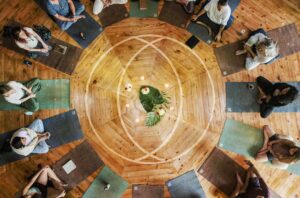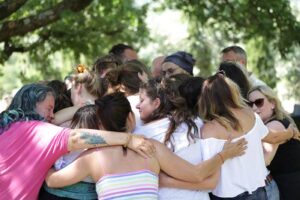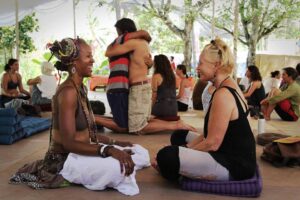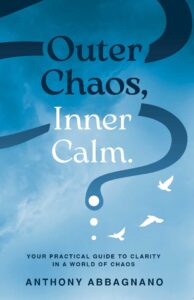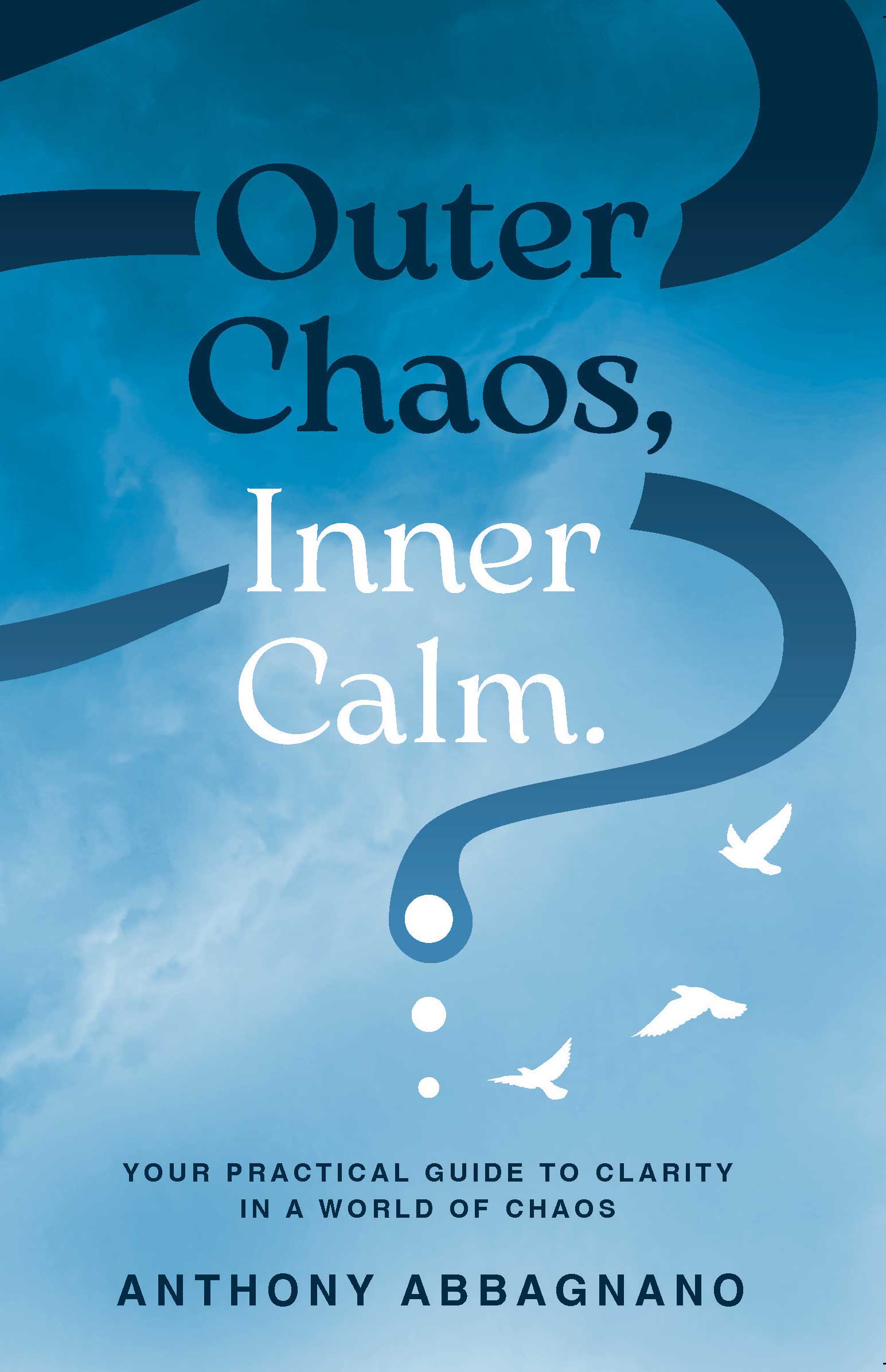The breath has played an essential role throughout history of breathwork and the word ‘breath’ and ‘spirit’ share the same origin in many languages. Breath-centered practices and meditations can be found in many ancient cultures and religions including Taoism, Buddhism, Hinduism, Christianity, Yoga, Qigong, Shamanism, Sufism, and martial arts. Many of these cultures and religions used breathing techniques for similar reasons as Modern Breathwork – to alter consciousness for spiritual purposes, self-discovery, and healing.
The Birth of Modern Breathwork
The practice of using the breath for healing and awakening was mostly forgotten by Westerners during civilization, however, it experienced a re-emergence in the 1960’s thanks primarily to four people – Stanislav and Christine Grof, Leonard Orr and Sondra Ray. These four individuals gave birth to the two original branches of modern-day Breathwork – Holotropic and Rebirthing, from which dozens of offshoots have since been born.
Holotropic Breathwork
Born in 1931, Stan Grof came to the US as an émigré in 1967, with a Masters Degree in Psychiatry and a PhD in Medicine. As one of the founders of Transpersonal Psychology, Grof worked at Johns Hopkins Hospital before moving to become resident professor at the Esalen Institute in California.
During his LSD research which took place before it became classified as an illegal drug, Grof noted many of his patients demonstrated a particular breathing pattern towards the end of the LSD trip. Inquiry revealed the reason for this was that breathing in this way prolonged the influence of the drug. This led both Grof and his wife Christine to begin their research into the breath. His assertion that many non-ordinary states of mind and rapid self-healing could be achieved by modifying the breath led to the development of Holotropic Breathwork.
Rebirthing
Leonard Orr discovered and developed the technique of ‘conscious connected breathing’ in the late 60’s; he said he was inspired by Shri Mahavatar Babaji at his Ashram in the Himalaya. Leonard discovered Breathwork while sitting in a tub and experimenting with various deep breathing patterns. He claims he experienced his own birth while breathing a connected breath in warm water, and from this experience, Rebirthing breathwork was born.
Sondra Ray was introduced to rebirthing in 1974 when she went to Leonard for help with various issues. She is now referred to as the ‘Mother of Rebirthing’ because of her extensive training of Rebirthers and her in-depth knowledge of how birth trauma affects our lives.
The Difference Between Holotropic Breathwork and Rebirthing
Holotropic Breathwork differs from Rebirthing in several ways. Firstly, Rebirthing is traditionally done through the nose instead of the mouth (although this is no longer always the case), and it focuses on a complete inhale, as opposed to a forceful exhale. Secondly, music is a fundamental part of Holotropic Breathwork, but not of Rebirthing. Thirdly, in Rebirthing the facilitator guides the breath, whereas in Holotropic Breathwork the emphasis is on self-healing and the sessions are primarily self-directed. There is no “proper” way to do Holotropic breathing, and the only instruction is to “breathe deeper and faster than normal.” Another way in which these two Breathworks differ is that Holotropic tends towards a more psychiatric interpretation of the human condition, and Rebirthing more towards the psychological.
A 21st Century Resurgence
The popularity of Breathwork waned after the 1970’s however in the past 5 years it has experienced a major resurgence with some calling it ‘the New Yoga.’ There are now more than 50 variants of Breathwork and some of the most well known include: Transformational Breathwork, Transformations Breathwork, Integrative Breathwork, Radiance Breathwork, Alchemy of Breath, Biodynamic Breathwork, The Wim Hof Method, Clarity Breathwork, Liberation Breathwork (founded by Sondra Ray), Quantum Light Breath, and Breath of Bliss.
Each one of these types of Breathwork are distinct from each other. Some are for groups, others are more for one-on-one sessions. Some avoid catharsis altogether, while others use it as a functional point of reference. Some last 30 minutes, and others 3 hours. The pace of the breath, primary purpose, and external stimuli (music, incense, instruments etc) can vary as well. What they all have in common is the focus on conscious breathing in a non-regular pattern for the purpose of altering the mind-body-emotional state.
How Alchemy of Breath Differs
Alchemy of Breath was developed by Anthony Abbagnano and it is an amalgamation of Holotropic Breathwork and Rebirthing. Similar to Rebirthing it emphasizes the inhale, and encourages a passive exhale. Similar to Holotropic Breathwork, music is often used to help guide the journey. In Alchemy of Breath we use conscious, connected breathing as the foundation for healing and personal development, however learnings from philosophy, Jungian psychology, sound medicine, Conscious Loving, hypnotherapy, and Matrix Energetics (the study of miracles) have also been woven into AoB offerings.
Another way in which AoB differs, is in the use of questions of inquiry. We do this to encourage an inner dialogue for the breather. We also do this because many people who feel overwhelmed don’t realize that the overwhelming feeling they have may belong to a younger version of themselves. The practice of inquiry can help them distinguish themselves as ‘the inquirer’ from the ‘little one that is overwhelmed.’ A final distinguishing character of AoB is the focus on duality and the reintegration of lost and broken parts of the self which can be achieved using a method developed by Anthony called ‘The Bridge.’
Which Breathwork is Best?
There is no ‘best’ Breathwork. All types of Breathwork have a great deal to offer, so long as they are provided by a certified practitioner who subscribes to a clear code of ethics. Our advice would be to try as many types as possible, and decide for yourself which resonates the most with you. Having said that, some new schools are offering shotgun trainings, with facilitators getting certified in as little as two days, which in our opinion is not nearly enough time to prepare a facilitator to hold space safely and constructively. As such, if you are new to Breathwork we recommend you try one of the Breathwork variants mentioned above, or do a bit of research and make sure the facilitator has been adequately trained.
A Special Invite – Join Us On Free Breathwork Journeys
If you would like to experience the myriad benefits of Breathwork for yourself and connect with a global community of conscious individuals, then we invite you to join us at our free #BreathetheWorld sessions. We offer these sessions every Sunday in the AM and PM to cater to most time zones. It is a 1 hour session, and the Breathwork itself is usually about 40 minutes long. We hope to see you there!
✨ Register for #BreathetheWorld for Free here: http://alchemyofbreath.com/alchemy-meditation/

